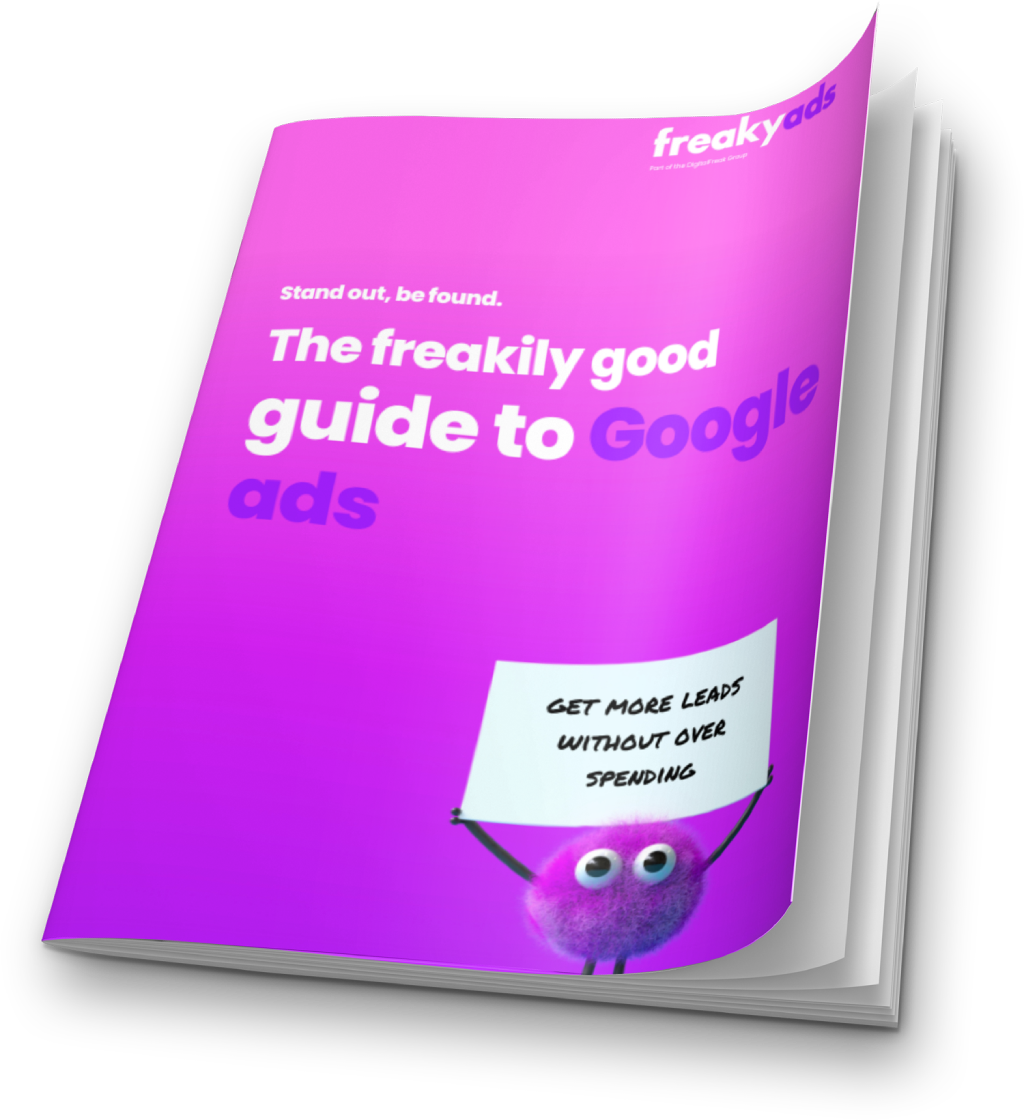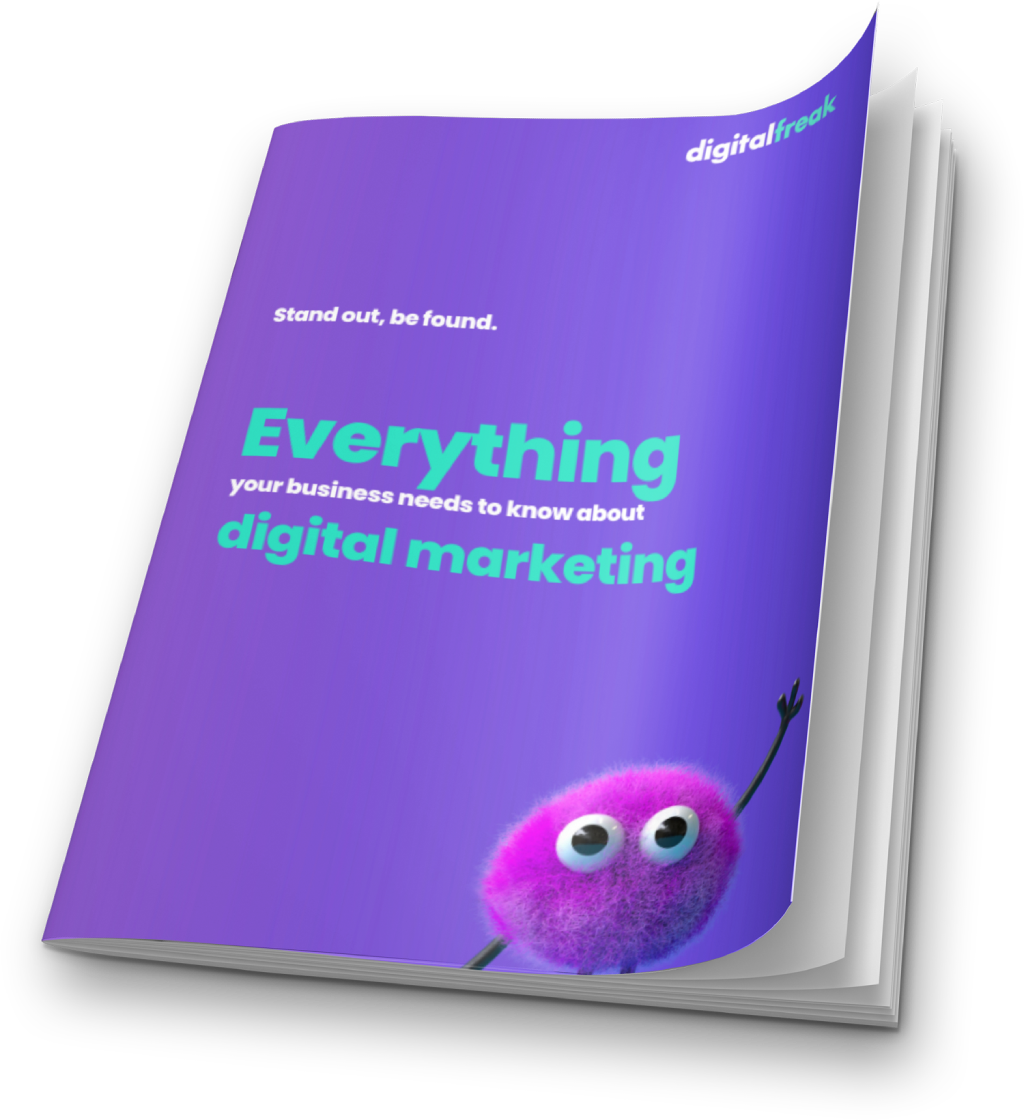Sometimes it seems like every competitor to your business is on social media, posting blog articles, and sending emails at a rate that’s difficult to keep up with. When you’re under pressure to keep your digital marketing actively driving conversions, it’s easy to start looking for marketing tricks and tactics that promise to deliver a shortcut. Clickbait content is one of these. Here’s what it is, how it works, and – most importantly – why it just isn’t worth it.
What is Clickbait?
Clickbait has been around for quite some time now, and chances are that you’ve read at least a few pieces of clickbait without realising it. It usually uses a headline (the bait) that triggers your curiosity, that you think is probably just too good to be true… but you still click through despite your doubts.
We want to know how to get X results sooner than anyone else, to discover a secret way of getting something challenging done, find out what extraordinary thing happened when someone did this one weird thing, or see a list of things that will blow our minds.
Even though we might be fully aware that the post will not live up to the hype, be blatantly false, or pushing a hundred different products we don’t care about, we click on it anyway. And that, my friend, is clickbait.
Many marketing agencies use this type of content because it’s just so irresistible – and the high click-through rates from this content are considered a win.
Why Those Clicks Just Aren’t Worth It
So, if it drives traffic to your website, then shouldn’t businesses consider this tactic and make use of it? The simple answer is no – here’s why:
- Bounce rates soar – Click-through rates are just one metric that should be considered when driving a digital marketing campaign. To get a clear picture of a campaign or content performance, you need to consider other metrics, including bounce rates – how many people leave quickly without taking any other action on your website. Clickbait causes bounce rates to dramatically rise, so although people are clicking through to your content, they leave right after without converting, exploring your products or services, or buying anything.
- You can incur SEO and social media penalties – In every update, Google has strengthened its stance against poor quality content, including clickbait. Even Facebook has joined the fight. When bounce rates shoot up, Google’s algorithm interprets that as customers not finding what they are looking for (interpreting your content as a mismatch) and drops the rankings of your website in favour of content with lower bounce rates as a result. Facebook has developed algorithms that identify those catchy phrases used in clickbait headlines to penalise them, forcing them to appear lower in the news feed.
- Losing consumer trust – If you’ve ever clicked on a clickbait article, you’ll know just what we mean – any curiosity or interest is quickly replaced by disappointment and a loss of trust in whoever posted the article. The problem is in the fact that clickbait is dishonest, with either blatantly false information or information that simply doesn’t match the hype the headline creates. This slowly erodes credibility for anyone who creates or shares this content. And when people don’t trust you, they’re not going to visit your website or use your products or services – no matter how good they are.
So, What’s the Alternative?
If you’re struggling to find that essential edge for your digital marketing content, rather work with professionals who know just how to drive meaningful results and get the most out of your content. Our digital agency in Melbourne knows that the best, most valuable digital marketing content is content that consumers love, that they can use and find value in. And that’s what our team delivers.

Written by
Murtaza Rangwala - PPC Specialist
I’m all about making your online ads pay. As a PPC pro, I spend my days and nights creating, optimising, and analysing client strategies so they deliver the clicks. With a mix of creative and analytical strategies, I’ll make sure your campaigns land your business the top spot – and that customers see you first.














